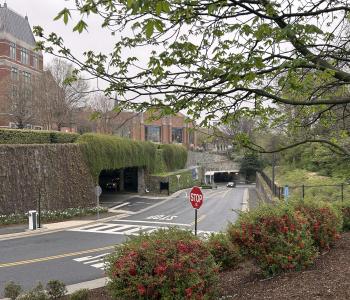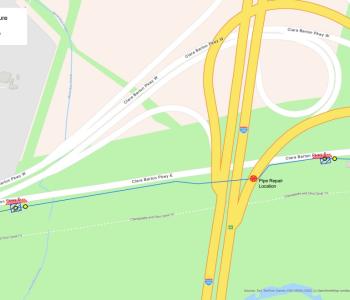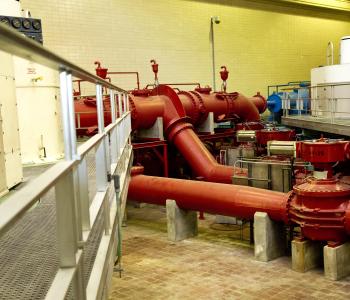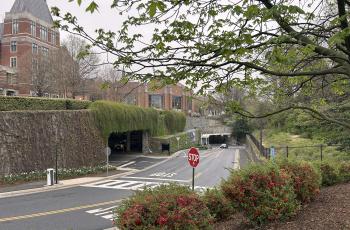DC Water, District of Columbia Reach Agreement with DOJ and EPA to Implement Green Infrastructure Program
WASHINGTON, DC - Today DC Water, the District of Columbia, the U.S. Environmental Protection Agency and the U.S. Department of Justice announced an agreement to modify a 2005 legal agreement to allow for large-scale green infrastructure installations and other modifications in the later stages of the Clean Rivers Project for the Potomac River and Rock Creek. DC Mayor Muriel Bowser and DC Water CEO and General Manager George S. Hawkins also signed a Memorandum of Agreement to create a training and certification program to prepare and hire District residents for green jobs.
Commenting on todays announcement, Mayor Bowser said, "Todays announcement is a win-win: it provides environmental benefits to our community and creates pathways to the middle class for District residents in the emerging field of Green Infrastructure," said Mayor Muriel Bowser. "DC Waters commitment to hire District residents for 51% of new jobs created by Green Infrastructure contracts or procurements highlights DCs innovative approach to creating jobs and expanding economic opportunity."
"Since 2011, DC Water has explored green infrastructure as a tool to reduce combined sewer overflows," said Mr. Hawkins. "Todays updated agreement ensures that the Rock Creek and the Potomac River will receive water quality improvements that are comparable to the previous tunnel-only plan while also supporting natural habitats, enhancing public spaces, and supporting local jobs. The modified construction schedule will also reduce the burden on our ratepayers by mitigating the scale of future rate increases needed to finance the $2.6 billion project. I applaud EPA and the Department of Justice for their willingness to renegotiate the terms for everyones benefit, and I want to genuinely thank the Mayor for her support to push this across the finish line."
Todays agreement calls for the elimination of the previously-planned underground tunnel for Rock Creek. Instead stormwater runoff will be managed through green infrastructure such as rain gardens, green roofs and porous pavement installations. Targeted portions of the combined sewer system in the area will also be separated. This portion of work will be completed by 2030.
For the Potomac River, DC Water will build an underground tunnel capable of holding 30 million gallons of combined stormwater and sewage. The tunnel will use gravity to allow the collected combined sewage to flow to the Blue Plains Advanced Wastewater Treatment Plant for treatment and will be completed by 2030. In addition, DC Water will construct green infrastructure and targeted sewer separation to manage runoff in this area. The green infrastructure will be in place by 2027 and sewer separation will be complete by 2023.
The Anacostia River combined sewer overflow (CSO) solution, a 13.1 mile-long underground tunnel for CSO storage during rains, remains unchanged. Already under construction, it is on time and on budget for completion in 2022, and providing environmental benefits as early as 2018.
An additional agreement between DC Water and the District of Columbia is aimed to help support local job creation. The agreement will create an ambitious local jobs program that includes training and certification opportunities for District residents interested in green infrastructure construction and maintenance jobs. DC Water has established a goal to have 51% of new jobs created by the green infrastructure project filled by District residents. DC Water will also engage professional service firms and contractors based in the District to perform work associated with green infrastructure.
As in many older cities, about one-third of the District has a combined sewer system. A CSO occurs during heavy rain when the mixture of sewage and stormwater exceeds the capacity of the sewer pipes and overflows to the nearest water body. This was standard engineering design in the late 1800s and was preferable to the combined sewage backing up in homes and businesses and on the streets. Since the early 1900s, only sewer systems with separate pipes for sewage and stormwater have been installed in the District. CSOs contain bacteria and trash that can be harmful to waterways and the aquatic life they support. In an average year of rainfall, the DC Clean Rivers Project will decrease CSO volume by 98 percent to the Anacostia River and 96 percent to all three waterwaysthe Anacostia and Potomac rivers and Rock Creek.







